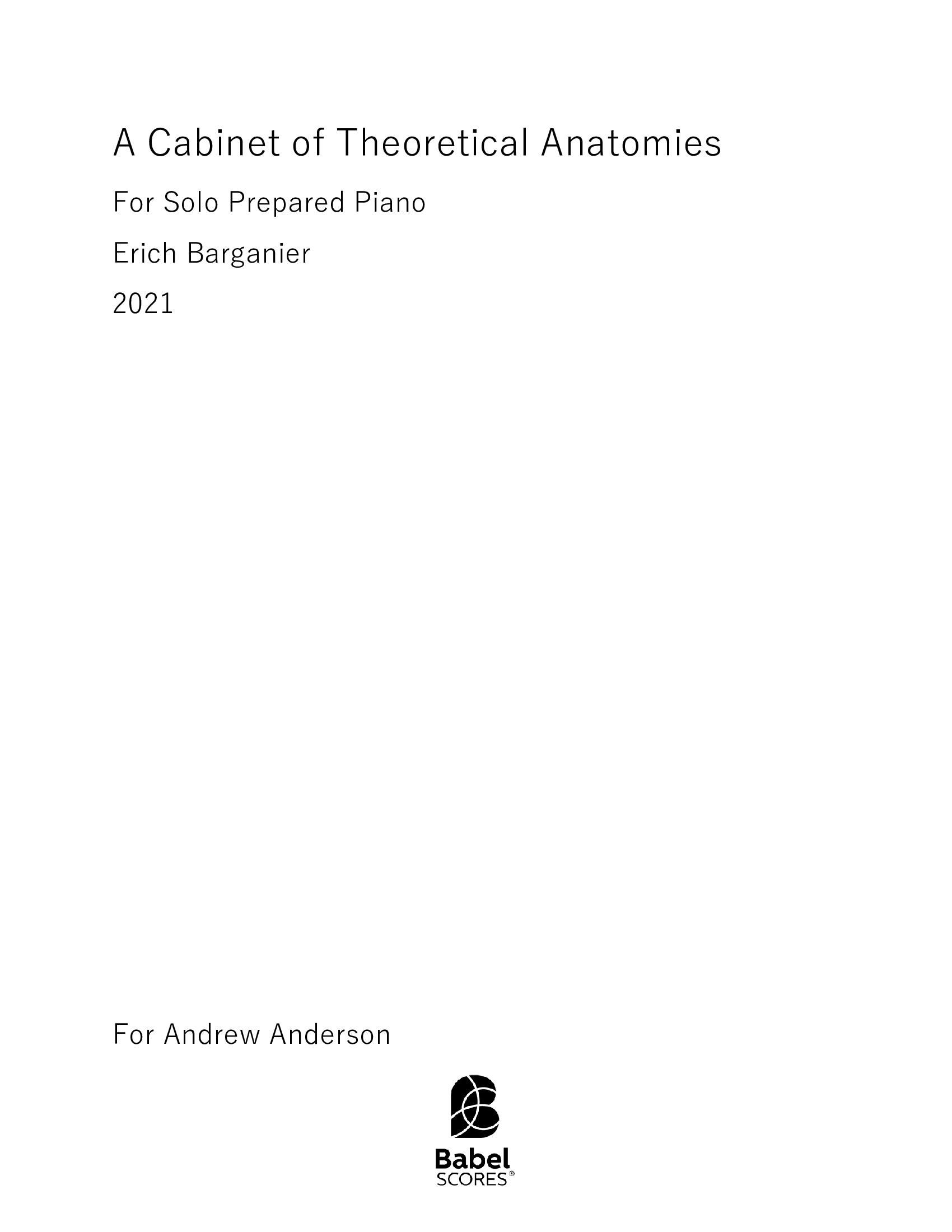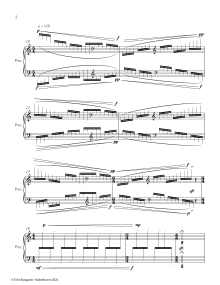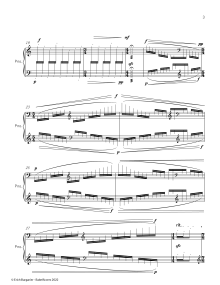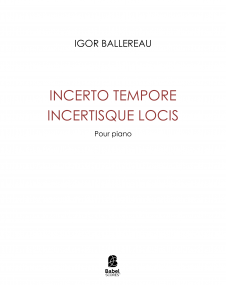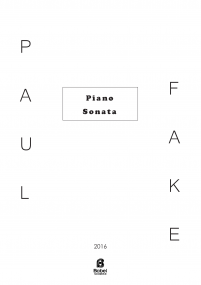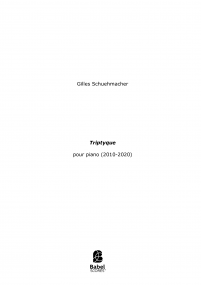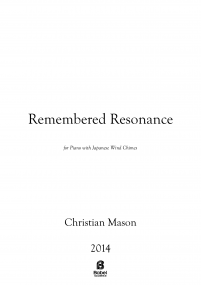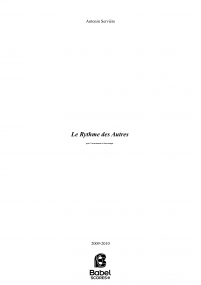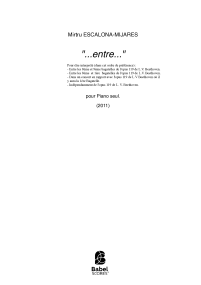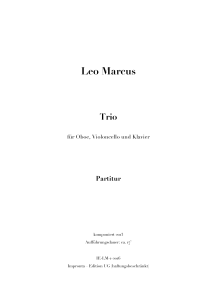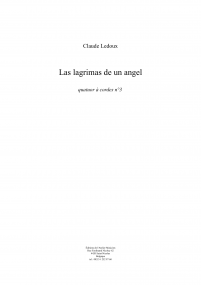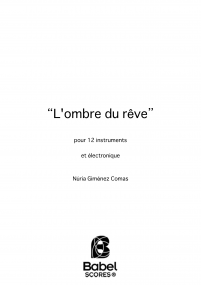A Cabinet of Theoretical Anatomies
For Solo Prepared Piano
7,00 €
Printed format (+14,80 € printing and shipping). Colissimo7-14 days aprox.
Digital version (+0,00 €) instant download
When you buy a score, you can contact the composer right here!
Specifications
Region
North America (Canada - USA)
Estimated Duration
6 - 10min
Date
2021
ISMN : 979-0-2325-6455-5
Notes on this piece
Add to a playlist
- Login to create your own lists
A Cabinet of Curiosity or Kunstkammer were collections of notable
objects. The term “cabinet” originally described a room rather than
a piece of furniture.
Modern terminology would categorize the objects included as belonging
to natural history, geology, ethnography, archaeology, religious or
historical relics, works of art, and antiquities. Objects may have been
real or fake. The classic cabinet of curiosities emerged in the sixteenth
century, although simpler collections had existed earlier. In addition to
the most famous and best documented cabinets of rulers and
aristocrats, members of the merchant class and early practitioners
of science in Europe formed collections that were precursors
to museums.
Cabinets of curiosities reflected the particular curiosities of their
curators and served as social devices to establish and uphold rank in
society. There are said to be two main types of cabinets, including the
princely cabinet, serving a largely representational function, and
dominated by aesthetic concerns and a marked predilection for the
exotic, or modest collections of the humanist scholars, which served
more practical and scientific purposes. There was no clear distinction
existed between the two categories; all collecting was marked by
curiosity, shading into credulity, and by some sort of universal
underlying design.
Instrumentation
Piano
Recording
Recorded by Andrew Anderson
Score Details
Format - A4 / US Letter
Pages - 26
Pages - 26
Customers Who Viewed This Piece Also Viewed:

